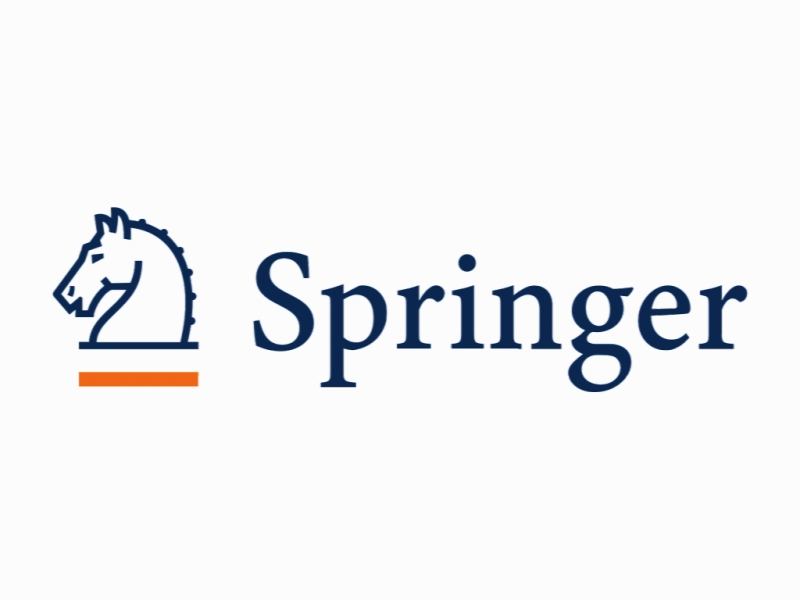استفاده از دستگاه های تولید گفتار با تکنولوژی بالا برای کودکان مبتلا به اختلالات اوتیسم The Use of High-Tech Speech-Generating Devices as an Evidence-Based Practice for Children with Autism Spectrum Disorders: A Meta-analysis
- نوع فایل : کتاب
- زبان : انگلیسی
- ناشر : Springer
- چاپ و سال / کشور: 2018
توضیحات
رشته های مرتبط روانشناسی و پزشکی
گرایش های مرتبط روانشناسی بالینی و روانپزشکی
مجله بررسی اوتیسم و اختلالات رشدی – Review Journal of Autism and Developmental Disorders
دانشگاه The University of North Carolina at Charlotte – USA
منتشر شده در نشریه اسپرینگر
کلمات کلیدی انگلیسی s Speech-generating devices . High-tech augmentative alternative communication . Autism spectrum disorders . Verbal behavior . Communication skills
گرایش های مرتبط روانشناسی بالینی و روانپزشکی
مجله بررسی اوتیسم و اختلالات رشدی – Review Journal of Autism and Developmental Disorders
دانشگاه The University of North Carolina at Charlotte – USA
منتشر شده در نشریه اسپرینگر
کلمات کلیدی انگلیسی s Speech-generating devices . High-tech augmentative alternative communication . Autism spectrum disorders . Verbal behavior . Communication skills
Description
Children with autism spectrum disorders (ASD) often have profound deficits in the language and communication developmental domain (Baron-Cohen 2004; Matson et al. 2012). Recent research has indicated 30% of children diagnosed with ASD may never develop functional spoken language (Wodka et al. 2013). As a result of such deficits, children with ASD may be at a greater risk of engaging in challenging behaviors as means of communicating wants and needs (Chung et al. 1996). Studies of Chiang (2008) Kaiser et al. (2002), and Park et al. (2012) continue to show a strong relation between the lack of communication skills and the presence of challenging behaviors such as aggression or self-injurious behavior. Lack of communication skills can also negatively impact social skills (Park et al. 2012) and academic achievement (Walker and Snell 2013). Hence, early intervention to enhance the communication skills of children with ASD is necessary to prevent those effects (Chiang 2008; Walker and Snell 2013). One way to support the communication skills of children with ASD is through the use of augmentative and alternative communication (AAC) systems. AAC refers to any communicative system that is used to either compensate or supplement existing speech (Schlosser and Wendt 2008). AAC can be an unaided system such as manual signs (MS; e.g., Wendt 2009) or an aided system such as picture exchange (PE; e.g., Frea et al. 2001), picture exchange communication system (PECS; Frost and Bondy 2002), and speech-generating devices (SGDs; e.g., Waddington et al. 2014). SGDs, also known as voice output communication aid (VOCA), are computer electronic devices that can be activated by the communicator to generate digitized or synthesized speech outputs (Rispoli et al. 2010). These devices are typically combined with visual cues such as graphics or line drawings (Mirenda 2003; Ogletree and Oren 2006). SGDs may be a viable option for children with ASD who lack communication skills. Unlike manual signs, SGDs do not require complex fine motor skills. In addition, speech outputs produced by SGDs are easier to interpret by the communicative partner compared to MS (Lorah et al. 2015).


